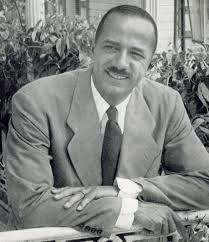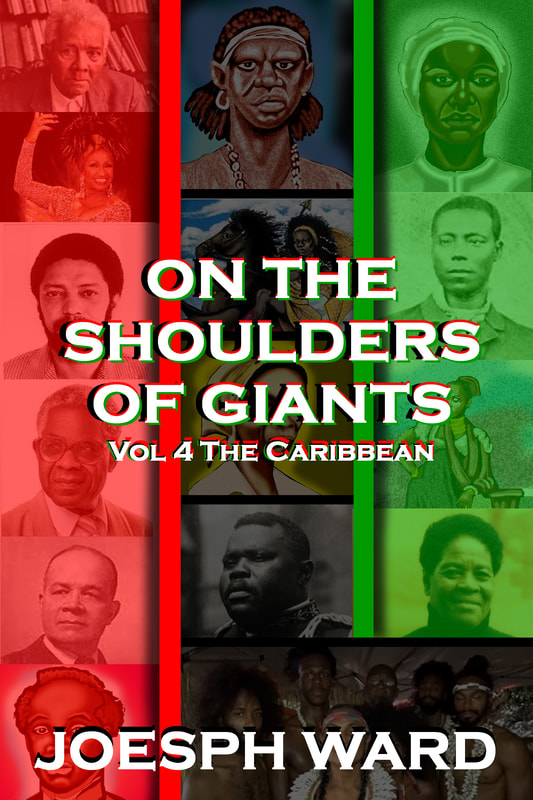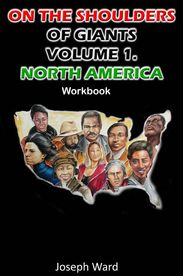|
On November 17, 1904, William Henry Hastie Jr. was born to parents William Henry Hastie Sr. and Roberta Hastie, in Knoxville, Tennessee. In 1916, the Hastie family moved from Knoxville, Tennessee to Washington D.C. where Hastie would attend Paul Lawrence Dunbar High School and graduate as the valedictorian of his 1921 senior class. After graduation Hastie would move to Amherst, Massachusetts where he would attend Amherst College, he graduated magna cum laude and Phi Beta Kappa, in 1925. For two years he would become a teacher in Brodertown, New Jersey, he then attended Harvard Law School where he would earn his Bachelor of law (LL.B), his Doctor of Judicial Science (S.J.D.) in 1930, and he became a member of the Harvard Law Review. Also in 1930, Hastie would pass the bar exam for Washington D.C. before beginning his work as a solicitor for the Department of Interior until 1937; he was an advisor for the Department of Interior on racial issues. Hastie would create a partnership with Charles Hamilton Houston who ran his own law firm called, The Law Firm of Charles Hamilton Houston, where Houston and his father William Houston led the firm before the partnership with Hastie, creating the Law Firm of Houston, Houston and Hastie. William Houston was the dean of the Howard Law School and soon became a professor and teaching the legendary lawyer Thurgood Marshall. “Don’t buy where you can’t work,” was the motto of the New Negro Alliance an organization in which Hastie was a founding member of. The New Negro Alliance was an organization based originally in Washington D.C. which used protest and other forms of public demonstration to promote civil rights. One of Hastie’s most popular cases was the New Negro Alliance v. The Sanitary Grocery Co.. Blacks were issued an injunction by a local court for picketing the grocery store because they did not hire blacks. Hastie got off to a slow start in overturning the injunction, he lost the case in an initial trial, as well as in an appeals court, but the case was finally overturned in a U.S. Supreme Court. Hastie’s persistence led to a landmark victory which gave blacks and other groups of people the right to peaceful labor protesting without the fear of an injunction; this particular decision was named the Norris-LaGuardia Act. The success of the case made Hastie a popular figure in the civil rights movement, it led to Hastie becoming an advisor on racial matters for Franklin D. Roosevelt in 1933. As an advisor Hastie drafted legislation which affected policies in the U.S. Virgin Islands. The legislation changed policies which allowed the residents of the Virgin Islands to vote without facing discrimination. Following the legislation Hastie was appointed as a District Judge in the U.S. Virgin Islands by President Roosevelt, the appointment made Hastie the first black Federal Judge in the U.S.; Hastie didn’t complete his four year term because he became the dean of Howard Law School in 1939. Hastie became a law professor while serving as the dean of the Howard Law School, and even had the pleasure of becoming a professor to Thurgood Marshall. Later in Hastie’s and Marshall’s law career they would work together as co-lawyers in the Smith v. Allwright case that ruled against poll taxes being levied against black voters. In 1940, Hastie would work with the Secretary of War Henry Stimson to fight for the equal treatment of black soldiers in the armed forces. On January 15, 1943 Hastie gave up his position in protest of the continued unequal treatment of black soldiers. Later in 1943, he would receive the NAACP’s Spingarn Medal for his work in the fight for equal rights for black Americans. In 1946, Hastie was appointed the Territorial Governor of the U.S. Virgin Islands by President Harry S. Truman; the appointment made Hastie the first black governor in the U.S. Virgin Islands. Hastie was also appointed to the U.S. Court of Appeals for the Third Circuit in 1949 by President Truman, this particular appointment made Hastie the first black to serve as an appellate judge, a position he served in for twenty-two years. In 1950, he was confirmed and commissioned by the United States as an appellate judge, but was never appointed to the Supreme Court because he was a black man. In 1968, Hastie became the Chief Judge of the Third Circuit Court. Hastie died in 1976, but not before breaking barriers, as well as fighting for the rights of blacks in America. He used his passion for his people and the prominence of his legal positions to help make significant changes in the legal system for blacks in the U.S. Judge William Henry Hastie, we proudly stand on your shoulders. J.A. Ward References:
https://en.wikipedia.org/wiki/William_H._Hastie http://www.greatblackheroes.com/government/william-hastie/ https://blackthen.com/william-hastie-black-pioneer-educator-politician-jurist/
0 Comments
Leave a Reply. |
Details
Categories
All
Click Here to join our mailing list
|
Contact Us: |
Connect With Us |
Site powered by PIT Web Design


 RSS Feed
RSS Feed



